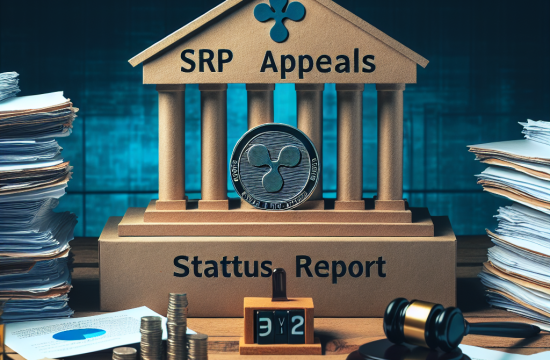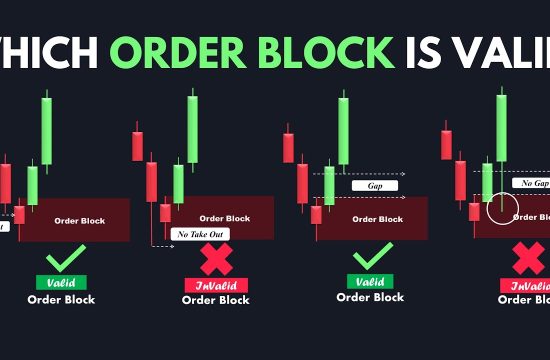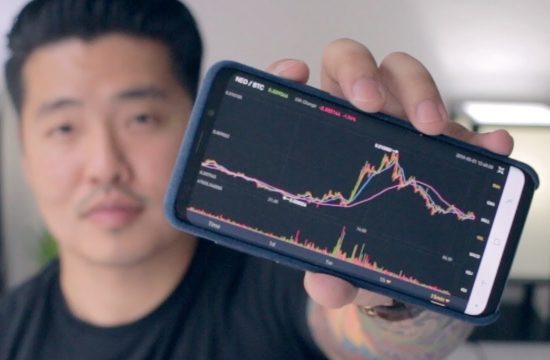Table of Contents
- Introduction to Bitcoin Margin Trading
- 1. Understanding Leverage in Bitcoin Margin Trading
- 2. Choosing the Right Trading Platform
- 3. Risk Management Techniques
- 4. Developing a Trading Plan
- 5. Technical Analysis for Margin Trading
- 6. Fundamental Analysis and Market Indicators
- 7. Implementing Stop-Loss and Take-Profit Strategies
- 8. Diversification and Portfolio Management
- 9. Staying Updated with Crypto Regulations
- 10. Automating Your Bitcoin Margin Trading
Introduction to Bitcoin Margin Trading
Bitcoin margin trading has gained immense popularity in 2025 as traders seek to amplify their potential profits in the volatile crypto markets. This practice allows traders to borrow funds to increase their position sizes, leveraging small capital to control larger amounts of bitcoin. As the crypto industry continues to evolve, understanding the intricacies of bitcoin margin trading becomes crucial for maximizing gains while managing risks effectively.
In this comprehensive guide, Iâll share proven strategies, practical tips, and insider knowledge to help you navigate bitcoin margin trading confidently in 2025. Whether you’re a beginner or an experienced trader, mastering margin trading can significantly impact your overall performance in crypto investments.
Letâs dive into the core concepts and strategies that will keep you ahead in 2025’s bitcoin margin trading landscape.
1. Understanding Leverage in Bitcoin Margin Trading
What is Leverage?
Leverage in bitcoin margin trading refers to borrowing capital to increase your trading position. For example, using 10x leverage means you can control a position worth ten times your initial investment. While leverage can boost your returns, it also amplifies potential losses, making cautious use essential.
How Leverage Affects Profit and Loss
Leverage multiplies both gains and losses. For instance, a 5% price increase in bitcoin with 10x leverage results in a 50% profit relative to your invested capital. Conversely, a 5% decrease can wipe out your entire margin. Therefore, understanding the precise impacts of leverage is vital for risk management.
Optimal Leverage Ratios for 2025
In 2025, data suggests that conservative leverage ratios (3x to 5x) are preferable for most retail traders, especially in highly volatile markets. Higher leverage may seem attractive but can lead to rapid liquidation, especially without proper risk controls.
2. Choosing the Right Trading Platform
Factors to Consider
Select a trading platform that offers robust security, competitive fees, and a user-friendly interface. For bitcoin margin trading, features like real-time data, fast order execution, and reliable leverage options are essential. Always verify if the platform complies with current regulations in your jurisdiction.
Top Platforms in 2025
Popular platforms like Binance, Kraken, and Bitfinex continue to lead with advanced margin trading features. New entrants in 2025 are also offering innovative tools and lower fees, making them worth exploring. Always review user feedback and conduct due diligence before committing.
Security and Regulation
Ensure your chosen platform secures user assets with cold storage and multi-factor authentication while maintaining transparent regulatory compliance. Security breaches can result in significant losses, so prioritize safety in your platform choice.
3. Risk Management Techniques
Setting Effective Stop-Losses
Implementing stop-loss orders helps limit potential losses by automatically closing a position at predefined price levels. In volatile markets, tight stop-losses prevent small dips from turning into catastrophic losses.
Using Take-Profit Orders Strategically
Take-profit orders lock in gains once your target price is reached. Combining stop-loss and take-profit orders creates a balanced approach to managing trades and preserving capital in unpredictable environments.
Position Sizing and Capital Allocation
Never risk more than a small percentage of your capital on a single tradeâgenerally 1-2%. Proper position sizing ensures you can withstand market swings without risking bankruptcy.
4. Developing a Trading Plan
Defining Entry and Exit Criteria
Clear rules for entry and exit points reduce emotional trading. Use technical indicators, such as RSI or moving averages, to identify optimal entry zones and determine when to exit positions.
Setting Goals and Expectations
Establish realistic profit targets and risk limits. In 2025, erring on the side of conservative goals can prevent overtrading and emotional decision-making.
Tracking Performance and Adjusting Strategies
Maintain a detailed trading journal to analyze successes and failures. Regular review allows you to refine your approach and adapt to evolving market conditions.
5. Technical Analysis for Margin Trading
Common Indicators
Utilize tools such as MACD, Bollinger Bands, and Fibonacci retracements to identify trends and potential reversals. Mastery of these indicators enhances your ability to make informed decisions.
Chart Patterns and Price Action
Recognizing candlestick patterns like doji, hammer, or engulfing patterns can give early signals of market sentiment changes. Price action analysis complements indicator-based strategies effectively.
Backtesting Strategies
Test your margin trading strategies on historical data to evaluate performance before risking real capital. Backtesting helps identify strengths and vulnerabilities in your approach.
FAQs About Bitcoin Margin Trading in 2025
1. What is bitcoin margin trading?
Bitcoin margin trading involves borrowing funds to increase your position size in bitcoin, aiming to amplify profits. However, it carries higher risks, especially during volatile market swings, so traders must exercise caution and employ risk management strategies.
2. How much leverage should I use in 2025?
For most retail traders in 2025, using leverage of 3x to 5x is recommended to balance risk and reward. Higher leverage can lead to quicker gains but also increases the risk of margin calls and liquidation, especially in volatile markets.
3. What are the risks associated with bitcoin margin trading?
The primary risks include margin calls, liquidation of positions, and amplified losses. Market volatility can cause rapid price swings, making it essential to set proper stop-loss orders and stick to your trading plan.
4. How can I succeed in bitcoin margin trading in 2025?
Success relies on solid risk management, continuous learning, and disciplined trading. Keep up with market trends, use technical and fundamental analysis, and always trade within your risk tolerance.
5. Is bitcoin margin trading suitable for beginners?
Due to its complexity and risk, margin trading is generally not recommended for complete beginners. Itâs best to master basic trading skills and understand market dynamics before leveraging positions.
Conclusion
In 2025, bitcoin margin trading continues to be a powerful tool for experienced traders looking to maximize their crypto profits. However, it requires a solid understanding of leverage, risk management, and strategic planning. Remember, while the potential for high returns exists, so does the risk of significant losses. Always prioritize safety, stay informed, and develop a disciplined trading approach. Mastering bitcoin margin trading this year can open new avenues for growthâjust approach it cautiously and intelligently.









